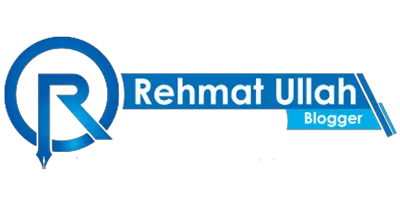Throughout this article, I will discuss “Different States of Consciousness in Psychology with Definitions“. With consciousness alone, we cannot cover the entirety of our body awareness. Our minds and bodies go through stages that help us become conscious and aware.
The first thing I would like to tell you is what consciousness is. As a person becomes conscious of the environment around them, they become aware of it. An individual’s consciousness allows them to respond to the environment in which they live.
A conscious person is aware of not only how the world around them works, but also how they themselves function. I believe that being aware of our environment is even more important than being aware of ourselves. It is important to be aware of one’s surroundings in order to live peacefully.
States of Consciousness in Psychology with Definitions
As we discussed recently, consciousness can be divided into four basic stages. Each State of Consciousness in Psychology will be described in this post with definitions.
ALERTNESS:
An alert state is characterized by the sharpness and a high level of attention in your mind and brain. Your mind is fully active when you are in the early stages of consciousness.
Concentration is the state of being completely focused.
When you are awake, you are normally in this state. Your daily activities are performed when you’re awake, and your alertness results from being awake.
The Beta wave frequency ranges between 12 and 30 Hz during times of alertness.
DAYDREAMING:
Your level of consciousness decreases slightly during this time. As a result, your mind is not as alert and focused as it should be during this time.
When the body is uncomfortable and the mind is tired, daydreaming occurs. The environment in your dreams should be comfortable and relaxing.
For further clarification, please refer to the following example.
It’s the middle of a lecture in your class, and you’re mentally and physically exhausted. It’s at this point that you will begin daydreaming to escape from that stressful environment.”
IMPORTANT POINT:
It is important not to confuse daydreaming with thinking. There is a huge difference between the two.
Thinking is the result of your mind working to be precise, while daydreaming is the result of your imagination being vague.
In daydreaming, alpha waves, which have a frequency of between 8 and 13Hz, are responsible.
DROWSINESS:
There is a low level of consciousness at this level. We all experience drowsiness at some point in our lives. When you are about to fall asleep, you have a feeling like this. This state is experienced by a person who feels sleepy.
This usually happens before you go to sleep and after you wake up. Another name for the practice is deep meditation. This topic will be the subject of my next article for my readers.
Theta waves occur between 4-7 Hz and cause drowsiness.
SLEEP:
As you reach this stage, you have reached the end of your awareness and consciousness. There is no awareness of anything around you in this state.
Wrapping Up:
I hope you enjoyed reading the article “Different states of Consciousness in Psychology with Definition“. Let’s get the discussion started by leaving a comment below.
I would appreciate it if you shared this article with your friends on social media.
I appreciate your help! Keep reading and learning with Rehmat Ullah.

